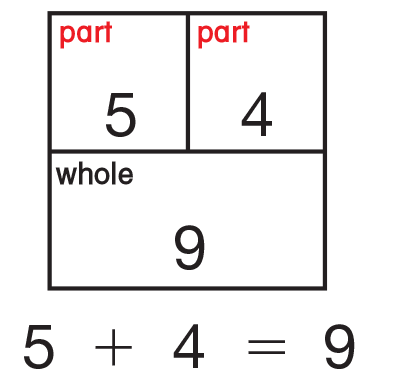Students write addition number sentences for the numbers 11 and 12 and partition numbers into two or more addends. Students solve problems with missing addends.
Content in this Lesson
- Composing and decomposing numbers using counters and number sentences [E1].
- Representing addition situations with words and number sentences [E7].
- Connecting representations of numbers [E4].
- Solving addition problems using a counting-on strategy [E5].
- Solving addition word problems involving two whole numbers whose sum is less than or or equal to 30 using tools (e.g., counters, number lines, calculators, diagrams, ten frames) [E6, MPE2].
- Showing work so that others can understand their thinking [MPE5].
- Solving problems another way to check for reasonableness and mistakes [MPE3, MPE4].
Daily Practice and Problems G–J
Assessment in this Lesson
| Assessment | Expectation Assessed | Math Practices Expectation Assessed |
|---|---|---|
|
More Parts and Wholes with Feedback Box Teacher Guide - digital |
|
|
|
DPP Item J Counting On Using the Ten Frame Teacher Guide - digital |
|
|



















